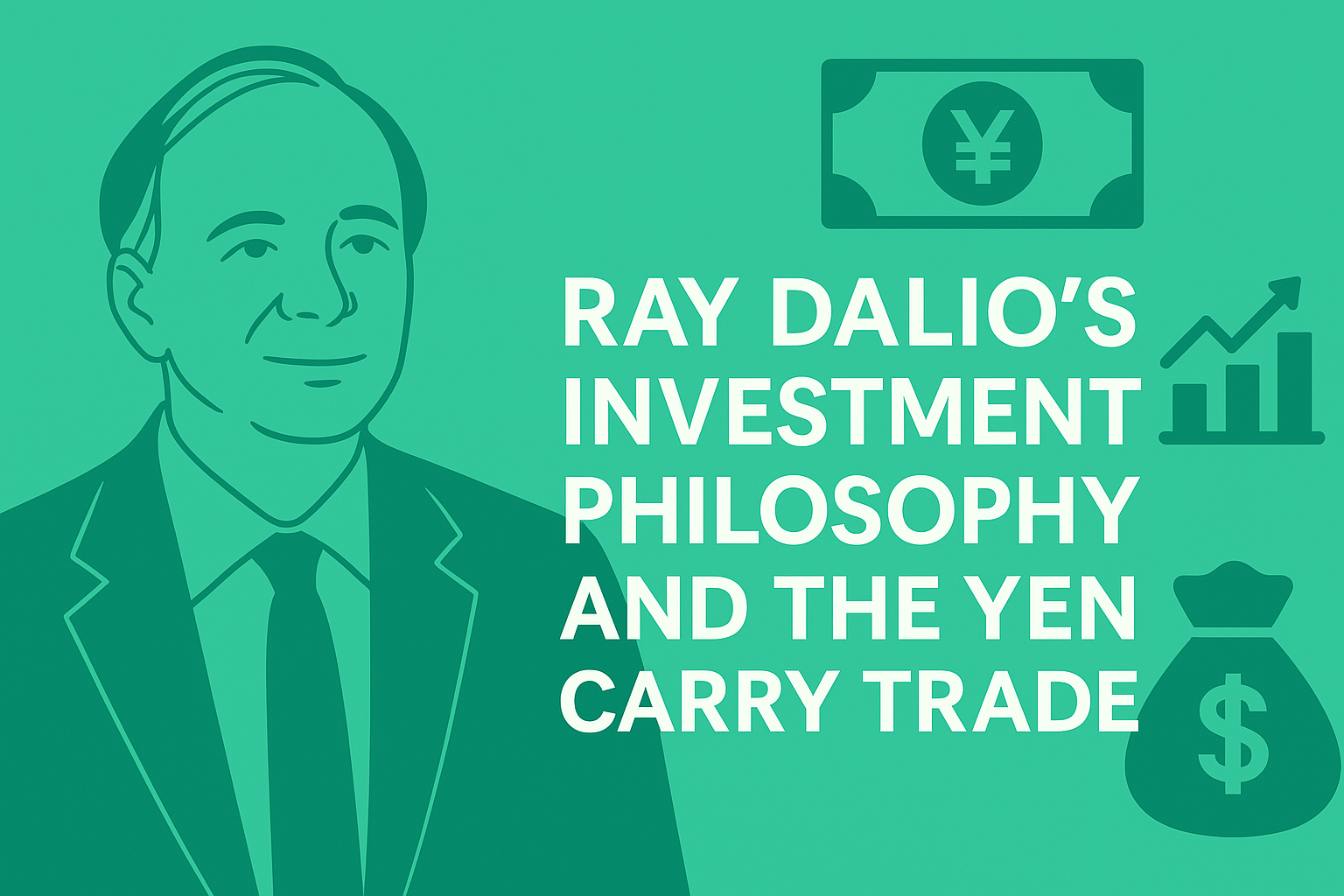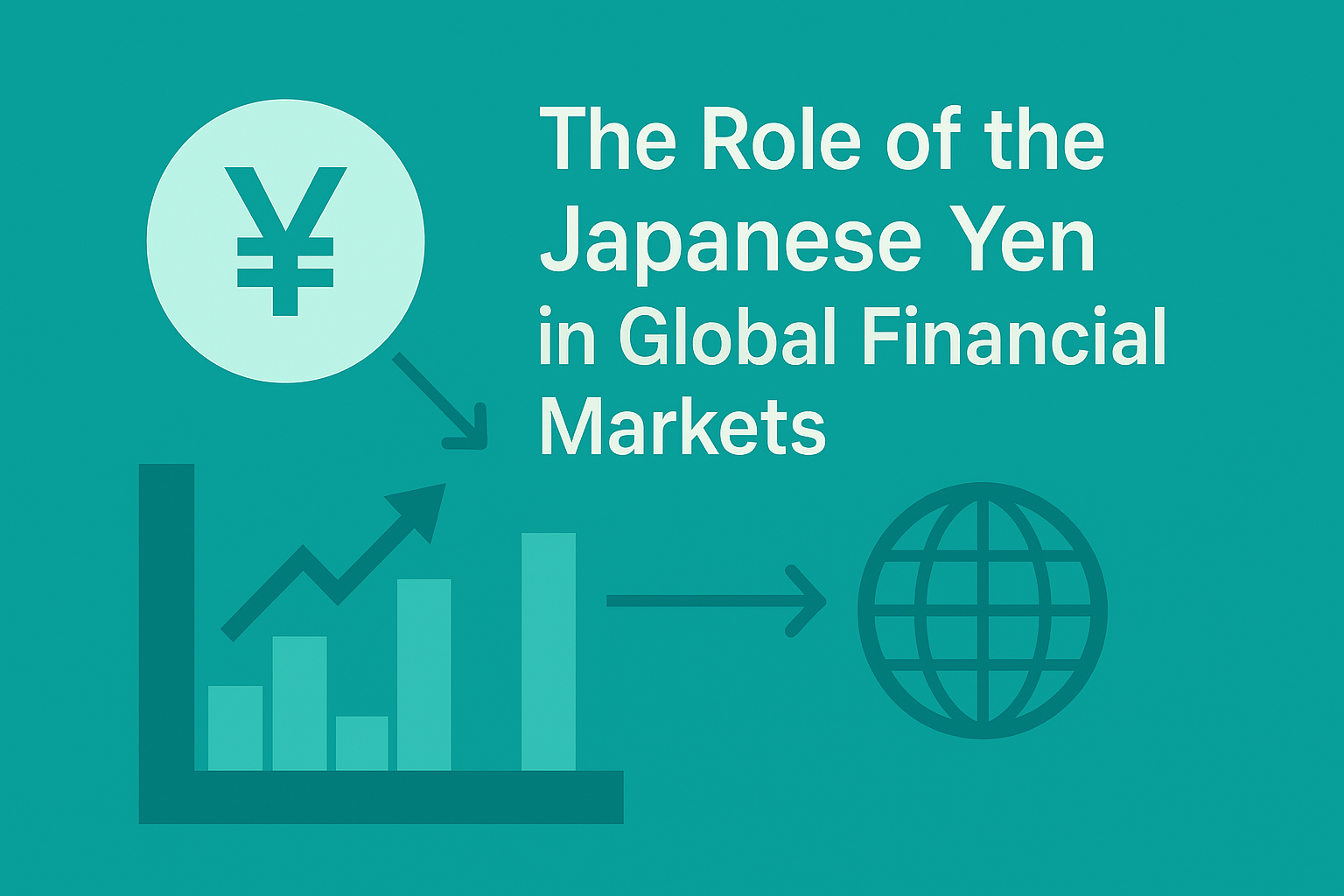— Integrating Low-Yield Funding into a Global Macro Framework —
1. Introduction
Ray Dalio, founder of Bridgewater Associates, has built a reputation as one of the most influential global macro investors of the past half-century.
His approach—rooted in risk parity and the All Weather Portfolio—emphasizes balanced diversification across asset classes, currencies, and geographies.
Within this framework, the Japanese yen (JPY) has long played a strategic role as a low-cost funding currency for carry trade opportunities.
2. Why the Yen Fits Dalio’s Investment Framework
(1) Persistent Ultra-Low Interest Rates
- The Bank of Japan’s decades-long ultra-low policy rate makes the yen one of the cheapest currencies to borrow in the developed world.
- This creates a structural interest rate differential with higher-yielding currencies such as the U.S. dollar, Australian dollar, or certain emerging market currencies.
(2) Stability and Liquidity
- Japan’s deep and highly liquid government bond market allows for large-scale financing without disrupting domestic markets.
- The yen’s credibility as a G7 currency reduces counterparty risk in large, leveraged positions.
3. Bridgewater’s Strategic Use of the Yen Carry Trade
(1) Interest Rate Arbitrage
- Borrow yen at near-zero rates and convert into higher-yielding currencies to invest in foreign bonds, equities, or commodities.
- Capture both interest rate differentials and potential asset appreciation.
(2) Cross-Asset Allocation
- Yen-funded positions in U.S. equity index futures, commodity contracts (e.g., crude oil, copper), or high-yield bonds.
- Integrates funding efficiency into broader macroeconomic bets.
(3) Diversification of Funding Currencies
- Bridgewater diversifies funding sources—yen, Swiss franc, euro—to avoid overexposure to a single currency’s volatility.
- The yen often forms a core funding pillar due to its cost advantage.
4. Risk Management Lessons
Dalio’s experience during major market shocks—such as the 1998 LTCM crisis and the 2008 Global Financial Crisis—shaped his cautious approach to the yen carry trade.
- Risk of Sharp Yen Appreciation:
In risk-off periods, unwinding of global carry positions can cause rapid yen strengthening, erasing interest rate gains and creating losses. - Systematic Hedging:
Bridgewater often employs FX forwards or options to partially hedge against sudden yen appreciation. - Portfolio Integration:
The yen carry trade is not an isolated speculation but an embedded component of a globally diversified macro strategy.
5. Philosophical Alignment
Dalio’s principles—“Don’t bet too much on any one thing” and “Diversify well to reduce risk”—are evident in his use of the yen carry trade:
- It is a tool for balance, not a single-point profit engine.
- Low-cost yen funding is integrated alongside other currencies and asset classes to create resilience across economic environments.
6. Conclusion
For Ray Dalio, the yen carry trade is less about speculative aggression and more about strategic efficiency within a balanced, risk-managed portfolio.
By leveraging Japan’s structural low-rate environment, Bridgewater captures funding advantages while maintaining diversified exposure across global markets.
In doing so, Dalio exemplifies how a sophisticated macro investor can use a currency’s structural characteristics—not as a gamble, but as a calculated component of a resilient investment architecture.


